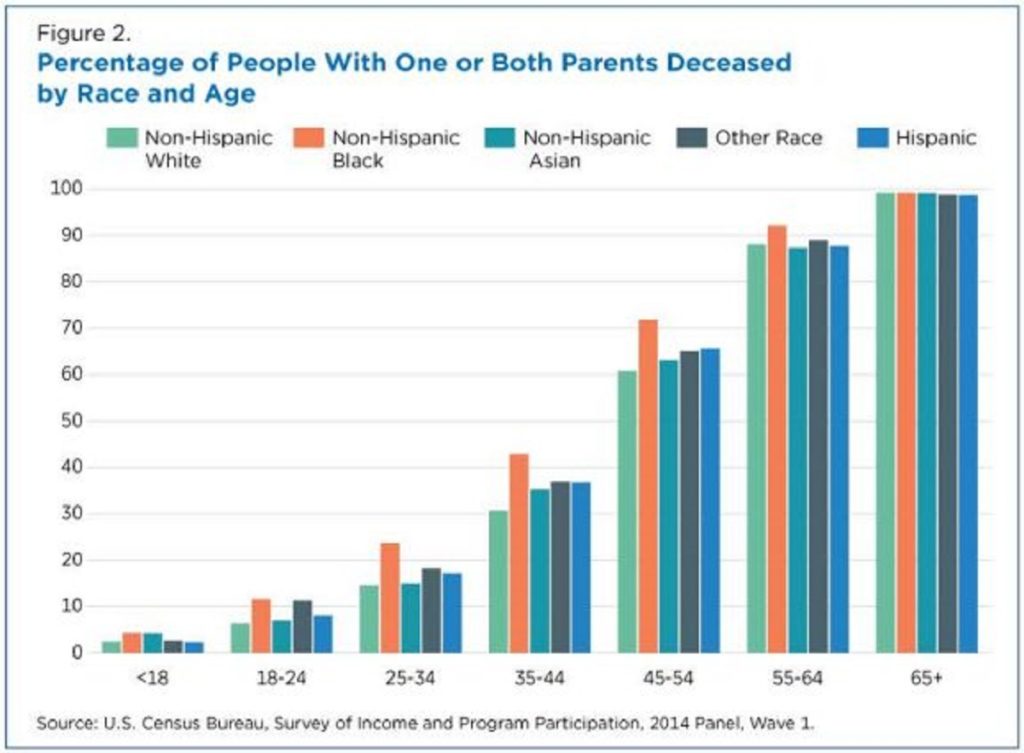 How you answer the question of where do you buy your food probably says a lot about your socioeconomic status. The chart here is from the Business Insider article Here’s where Americans are buying their groceries by Hayley Peterson (6/21/17). Note that CVS, Walgreens, Dollar Tree, and Dollar General each outsell Whole Foods, for example. Why does this matter? The recent Guardian article Fears grow over ‘food swamps’ as drugstores outsell major grocers by Gabrielle Cannon (6/4/19) provides context.
How you answer the question of where do you buy your food probably says a lot about your socioeconomic status. The chart here is from the Business Insider article Here’s where Americans are buying their groceries by Hayley Peterson (6/21/17). Note that CVS, Walgreens, Dollar Tree, and Dollar General each outsell Whole Foods, for example. Why does this matter? The recent Guardian article Fears grow over ‘food swamps’ as drugstores outsell major grocers by Gabrielle Cannon (6/4/19) provides context.
Shelf-stable options tend to be highly processed and high in fat, sodium and sugar. Where they are the easiest option available, communities experience higher rates of chronic illness, like diabetes, heart disease and cancer.
“Highly processed food makes you sick,” says William McCarthy, an adjunct professor of public health at UCLA. “CVS and other pharmacies make money selling highly processed, long shelf-life foods, because it is all convenient.” But, he says, his research has shown that it’s not just about having more healthy options.
Interestingly,
In a 2016 study, researchers stocked corner stores in “food swamps” across East Los Angeles with affordable produce, hoping to test whether food retail interventions could be successful. They weren’t. While perceptions of the stores and community accessibility changed, patrons continued to purchase processed food instead of the fresh stuff.
Grocery sales data is available for 2018 (estimated) from the Winsight Grocery Business article WGB, Kantar Reveal ‘The Power 20’ Retailers by Meg major and Jon Springer (7/17/2018). They estimate CVS as fourth in grocery sales with Dollar General and Dollar Tree at 12 and 17, respectively. The Guardian article links to a couple of studies with statistical information suitable for a stats course.







